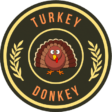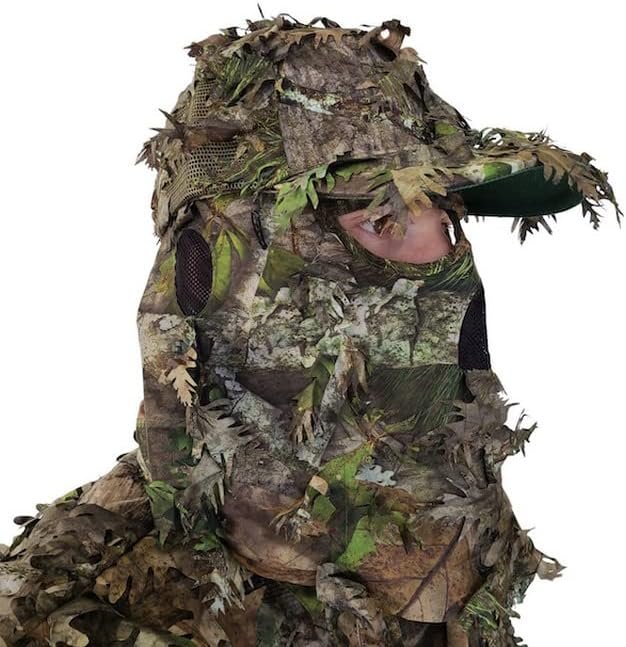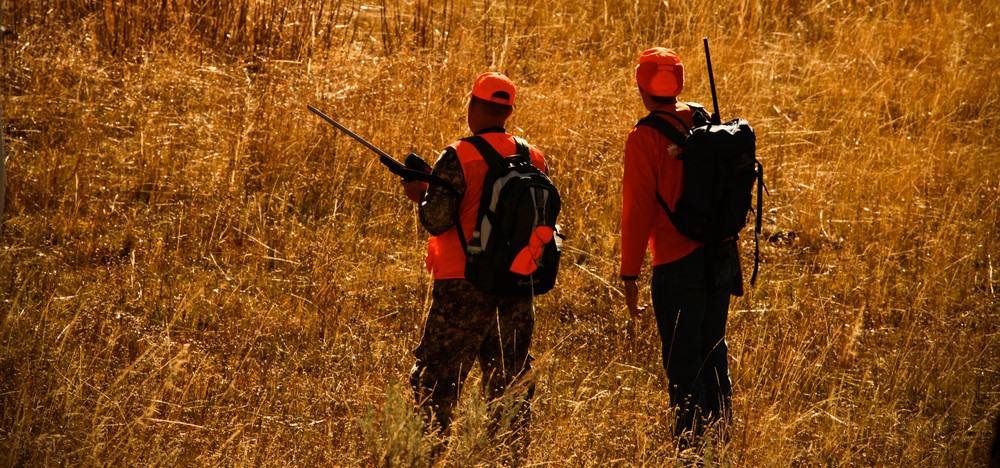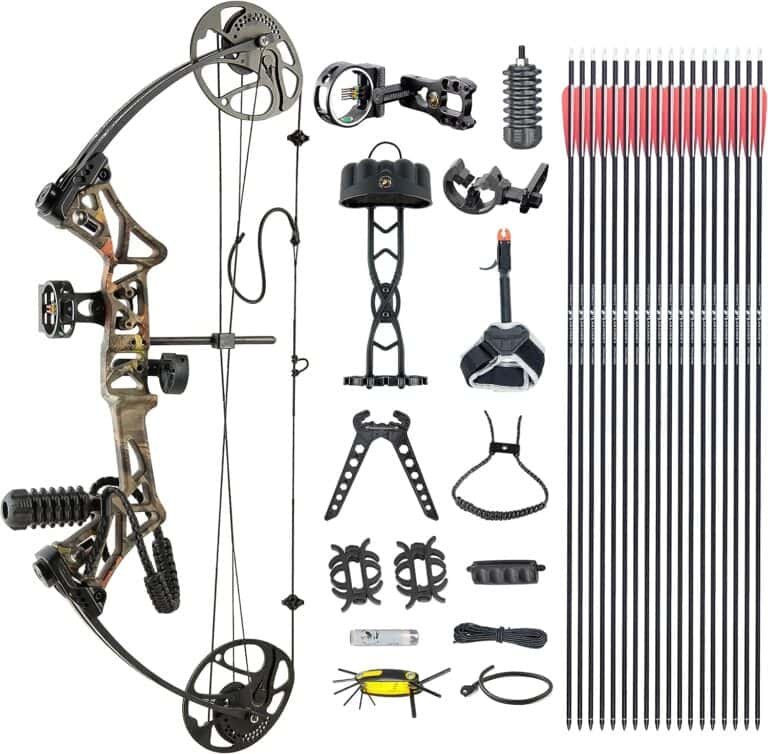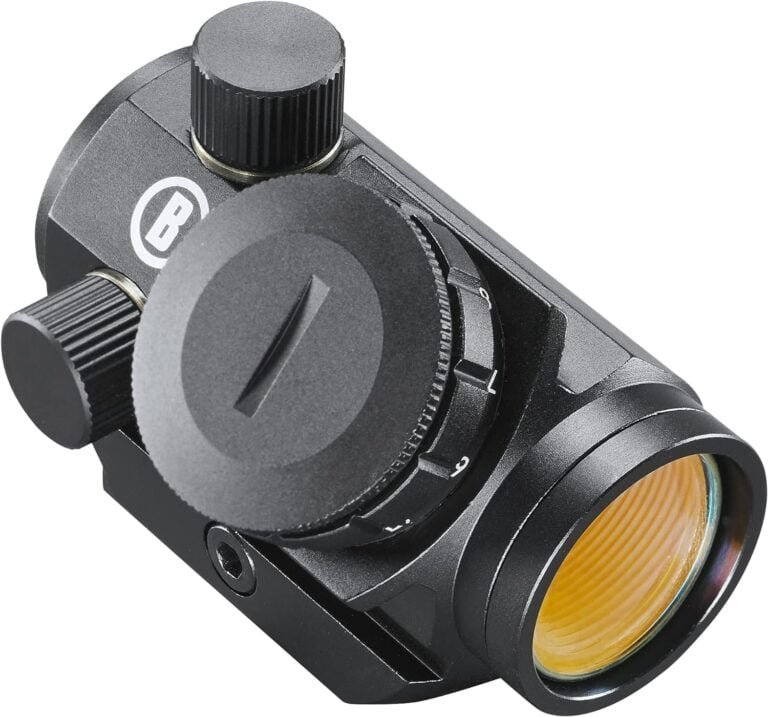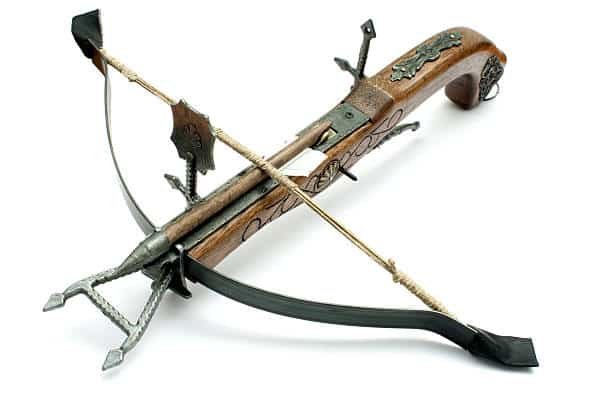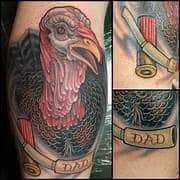Turkey Broadheads: 3 Powerful Tips to Unlocking Precision
One cannot underestimate the significance of selecting the perfect turkey broadhead. It is an accessory and a crucial tool that can make or break your hunting experience. Turkey hunters understand the value of precision and effectiveness in their equipment, and the broadhead plays a vital role in ensuring a successful hunt.
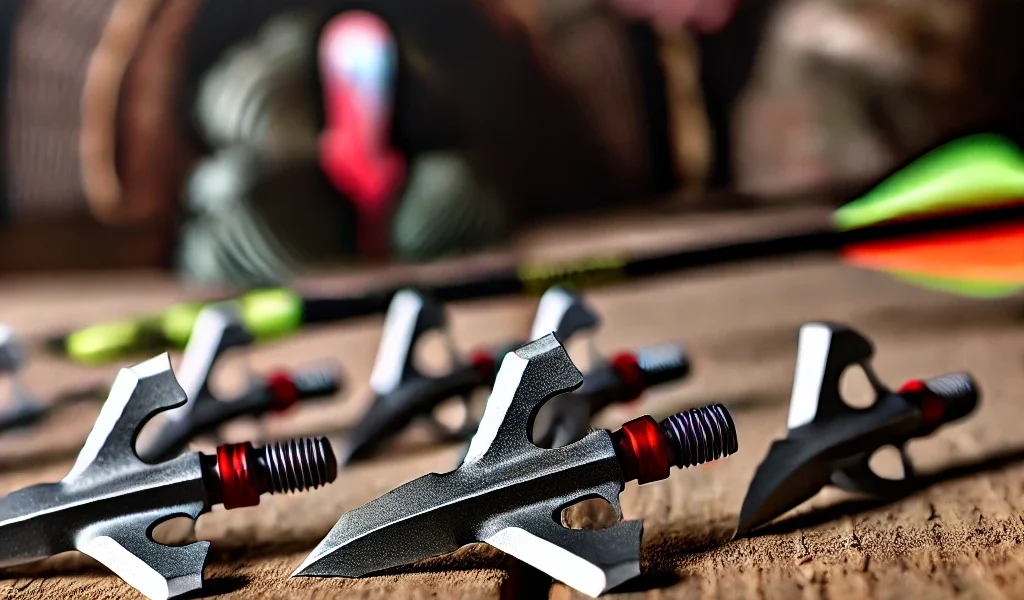
Turkey broadheads are specialized arrow tips specifically designed for harvesting turkeys during hunts. Unlike broadheads used for big games such as deer or elk, turkey broadheads are uniquely crafted to maximize lethality on these small yet elusive birds.
These arrowheads typically feature sharp blades or mechanical mechanisms that inflict severe damage upon impact with their intended target—the wild turkey’s vital organs. Creating an effective wound channel or causing instant incapacitation increases the chances of a clean kill while minimizing the bird’s suffering.
Types of Turkey Broadheads
Fixed Blade Broadheads
Fixed-blade broadheads are the traditional choice for turkey hunting enthusiasts. As the name suggests, these broadheads have blades that are permanently fixed in position. Typically, they feature two or three sharp blades rigidly attached to the ferrule.
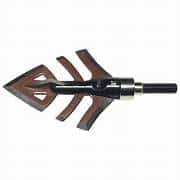
The fixed-blade broadhead design is straightforward and reliable, ensuring consistent performance in the field. Its simplicity also means it tends to be more durable, with fewer mechanical parts that could fail during critical moments.
One advantage of fixed-blade broadheads is their ability to penetrate a turkey’s body deeply, delivering lethal damage for a quick kill. However, due to their exposed blades, fixed-blade broadheads may require more accurate shooting and can be susceptible to deflections caused by bones or feathers.
Mechanical Broadheads
Mechanical broadheads, on the other hand, have gained popularity among turkey hunters in recent years for their unique design and potential advantages.
These broadheads feature retractable blades that remain closed during the flight but deploy upon impact with the target.
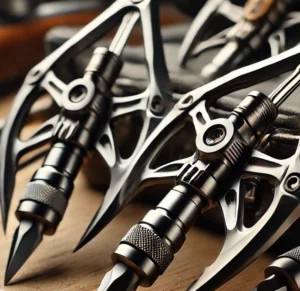
This design allows for improved aerodynamics during arrow flight and minimizes drag compared to fixed blade options. Mechanical broadhead blades typically expand when deployed to create a larger cutting diameter than their fixed counterparts.
This wider cutting diameter can increase the chances of hitting vital organs and causing tissue damage to turkeys. One advantage of mechanical broadheads is their forgiving nature regarding accuracy during shot placement.
Their closed position reduces drag and helps maintain arrow stability throughout its trajectory until an impact occurs. Additionally, since mechanical blades remain concealed until after penetration, there is less chance for deflection caused by bones or feathers on contact.
Choosing the Right Turkey Broadheads
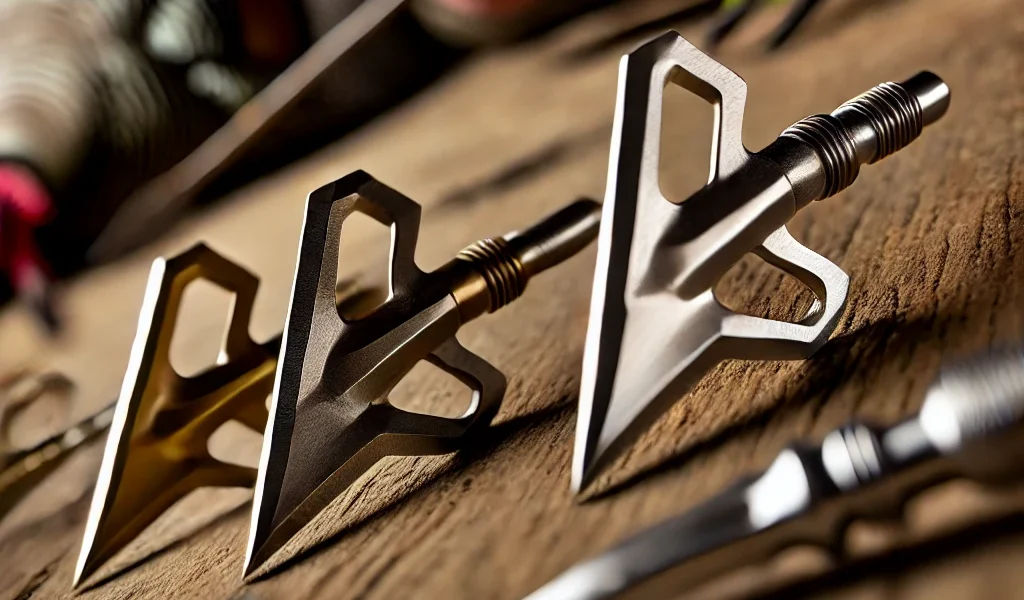
Weight considerations: Finding the perfect balance
Weight determines arrow flight and overall accuracy when selecting the ideal turkey broadhead. Choosing a too-heavy broadhead can negatively affect your shooting performance, causing your arrows to drop faster and lose speed.
On the other hand, using an excessively light broadhead may result in less penetration power and reduced accuracy during long-distance shots.
To strike the right balance, consider your bow’s draw weight, speed, and personal shooting style. For optimal results, hunters generally prefer 100-125 grains.
Cutting diameter: The key to efficient tissue damage
While weight is undeniably important, cutting diameter holds equal significance when taking down turkeys effectively. A wider cutting diameter increases the chances of causing extensive tissue damage upon impact, leaving a more noticeable blood trail for easier tracking.
A recommended cutting diameter for turkey hunting is one ¾ – 2 inches. This size strikes an excellent balance between ensuring substantial wound channels and minimizing the chances of arrow deflection caused by thick feathers or bones.
When choosing a turkey broadhead, finding an appropriate weight that suits your equipment and shooting style is crucial for maintaining accuracy while maximizing penetration power.
Blade Configurations
Turkey broadheads often feature unique blade configurations designed to enhance lethality when hunting these elusive creatures. Unlike other game animals, turkeys possess thick feathers and dense bones that can potentially interfere with arrow penetration.
To overcome this challenge, some turkey broadheads incorporate specially designed blades that are shorter and stiffer than those used for deer or other animals.
These shorter blades minimize the chance of deflection on impact and maximize tissue damage for quick and humane kills. Additionally, certain turkey broadheads utilize wider cutting diameters to ensure more significant wound channels and increased blood loss.
Noise reduction features
In the world of turkey hunting, silence is golden. Noise reduction features in turkey broadheads are critical in maintaining stealth during deployment or flight. These features typically involve dampening mechanisms incorporated into the broadhead’s design.
The goal is to minimize any audible sounds produced by the mechanism upon impact or during arrow flight, reducing the chances of alerting nearby turkeys.
Some manufacturers achieve noise reduction by utilizing rubberized components or internal shock absorbers that absorb vibrations and muffle any potential noise caused by deploying blades.
Turkey Hunting Broadheads – Tips for Effective Use
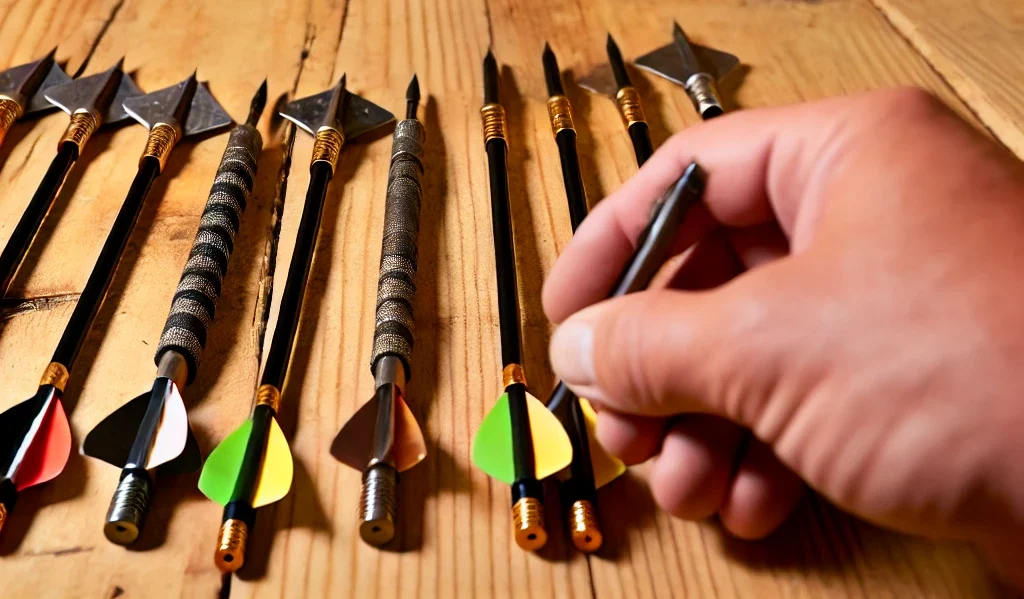
Proper Shot Placement
When hunting turkeys, aiming for the right spots is crucial to ensuring a clean kill. The most vital areas on a turkey are the head and neck, as hitting these areas will deliver swift and humane results.
The headshot is the most preferred method as it instantly incapacitates the bird, minimizing suffering. However, it requires precise aim and knowledge of turkey anatomy.
Practice Before Hunting Season
Practice is key to ensuring accuracy and effectiveness when using turkey broadheads. Before heading out into the field, dedicate ample time to practicing with your broadheads. Start by setting up a target at various distances that mimic realistic hunting situations.
Doing so allows you to evaluate your shooting technique and make any necessary adjustments to your equipment or form. When using broadheads designed for turkey hunting, pay close attention to your arrows’ accuracy, penetration power, and flight characteristics.
Testing
When testing your turkey broadheads before hunting season begins, assess three key aspects: accuracy, penetration power, and flight characteristics. Accuracy is vital as hitting vital areas requires precision aiming.
Ensure that your broadhead delivers consistent results throughout multiple shots from different distances. Penetration plays a significant role in ensuring clean kills, so test if your broadhead has enough force to penetrate through feathers, skin, and bones effectively.
Conclusion
Don’t hesitate to seek guidance from experienced hunters or archery professionals who can provide valuable insight into improving your skills. By following these tips and spending ample time practicing before turkey hunting season begins, you’ll be better equipped to use turkey broadheads effectively.
